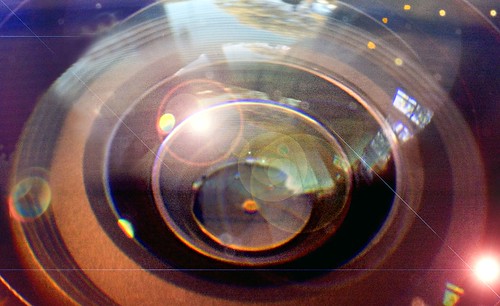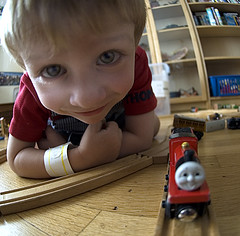I often get questions from readers about what digital cameras they should buy.
There’s no one answer, of course. It depends on many factors, and is a personal decision. You should consider these issues when you think about buying a digital camera:
- How much money you have to spend
- What you are going to use the camera for
- How serious you are about photography
- The camera size, shape, and weight that works for you
As you get interested in digital photography, you may want to “move up” from a point-and-shoot style digital camera to a digital Single Lens Reflex (“dSLR”). For example, a reader writes:
I can’t seem to get the macro shots I want with my current camera, and want to buy a dSLR. Should I buy a Canon or a Nikon?
My answer: I’m really agnostic about camera brands. I think Canon and Nikon are both great brands, although I happen to use Nikon. Canon always seems to be a little ahead in digital technology, while Nikon lenses may be just a little bit better. You won’t go wrong with either, although if possible get your hands on the equipment in advance. In other words, try before you buy.
For macro shots, I use a 105mm macro lens, with the camera always on a tripod, and a set of 1X, 2X, and 3X extension tubes.
You should know that LCD equipped non-SLR digital cameras actually have some advantages over heavier (and apparently more professional) dSLRs. Many of these cameras, like Canon Powershots and Nikon Coolpix actually have macro modes that bring you closer than most lenses for the dSLRs–and LCD viewing screens can give you a better idea of the final result tham through the lens viewing on a dSLR.
It’s worth considering the issue of 35mm focal-length equivalence. Nikon lens on a Nikon dSLR have an equivalent focal ange of 1.5X the same lens put on a 35mm camera. For example, a 70mm lens on a Nikon D70 digital SLR will show you the same angle of view as a 105mm lens on a 35mm camera.
This is great for telephoto lenses, essentially a free ride with greater magnification. But it is not so cool for wide angle lenses, and makes it hard to get true extreme wide angle shots with your dSLR. For this reason, the Nikon 10.5mm digital fisheye, shown in the photo at the top of this story, actually reduces the image optically inside the lens. This photo shows what you can do with this extreme wide angle:
The magnification and 35mm focal-length equivalence of Canon models vary, with some models having a 1:1.6 equivalence and some being 1:1. The 1:1 ratio makes wide angles photography much easier (although you lose the telephoto free-ride kicker).
Whatver camera you use, if possible you should set it to save images in RAW format. Once you learn to process these in Photoshop or Photoshop Elements, you’ll get far better results than with photos saved as JPEG files.


Pingback: Photoblog 2.0: » Photoblog 2.0 Archive: » Nature’s Paparazzi
Pingback: Photoblog 2.0: » Photoblog 2.0 Archive: » Roughly, Millenium